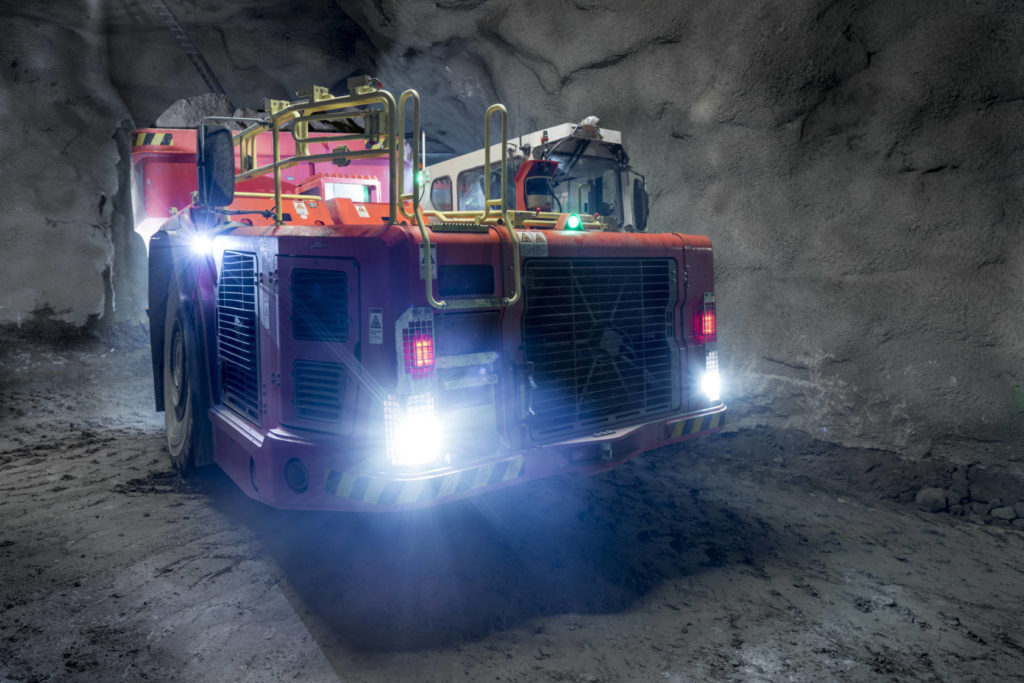In the last decade or so, there has been a big change in the way mining companies source equipment for new and existing operations, with finance, leasing and rental now major parts of the system.
IM spoke with some of the major finance, leasing and rental companies around the globe as part of a feature (to be published in April) on the subject.
This is what Björn van den Berg, Director Customer Finance, Sandvik Mining & Rock Technology, had to say about demand for equipment finance and leasing solutions from the mining industry:
“If you have a look at the growth rate for customer finance, it has grown substantially,” he told IM.
“There are two underlying trends here. One is we see increased usage of contractors in mining, with contractors having a totally different cash position to producing mines. That’s one of the reasons why we see increased demand for different types of finance options – a trend we have seen occurring over a longer period of time,” he said.
“A more recent trend is what I would call the subscription-based economy, or ‘product as a service’. In the past, customers had an original equipment manufacturer (OEM) that would supply them with the machine and maybe some after-market services and they would own and use the machine until it fell apart. We are shifting more and more towards where the customer is not necessarily looking for an OEM that can provide a piece of equipment or machine. They are looking for a partner that can provide a solution, preferably, for the duration the customer requires.”
“In terms of the subscription-based economy trend, that normally includes a form of financing on the OEM side. That’s an emerging trend that has led to increased demand for different types of financial products.”
On these different types of financial products, van den Berg said: “We offer a finance-lease, loan – always asset-backed – and trade finance solutions, but what we also see is an increased demand for operational leases, or short-term rental type of solutions including or excluding services.”
The way customers are being charged is also changing, as their own internal cost structure evolves, he added.
“They might look for cost per hour, cost per tonne, cost per metre, etc,” he said. “Whatever defines a customer’s cost structure is the way they want to be charged.”
When it comes to providing not just a financial product, but a solution, van den Berg provided an example of how Sandvik’s equipment finance arm differentiates itself.
“We get requests from mines operating outdated machines where production levels and, therefore, cash flow isn’t where it can be. Sandvik comes in with a multi-disciplinary team, analyses the situation, assesses what the best alternative is for the mine, applies what impact that alternative will have on the cash flow and then structures a financial product around it that will let them achieve that cash flow.”
“A bank or generic financial institution might just look at the current balance sheet and profit and loss and decide not to finance the same initiative as the customer’s credit score does not support it.
“That is where we can add value over the customer’s house bank or other financial institution,” he said.
This interview is part of a wider feature on equipment finance, rental and leasing to be published in the upcoming April issue of International Mining











